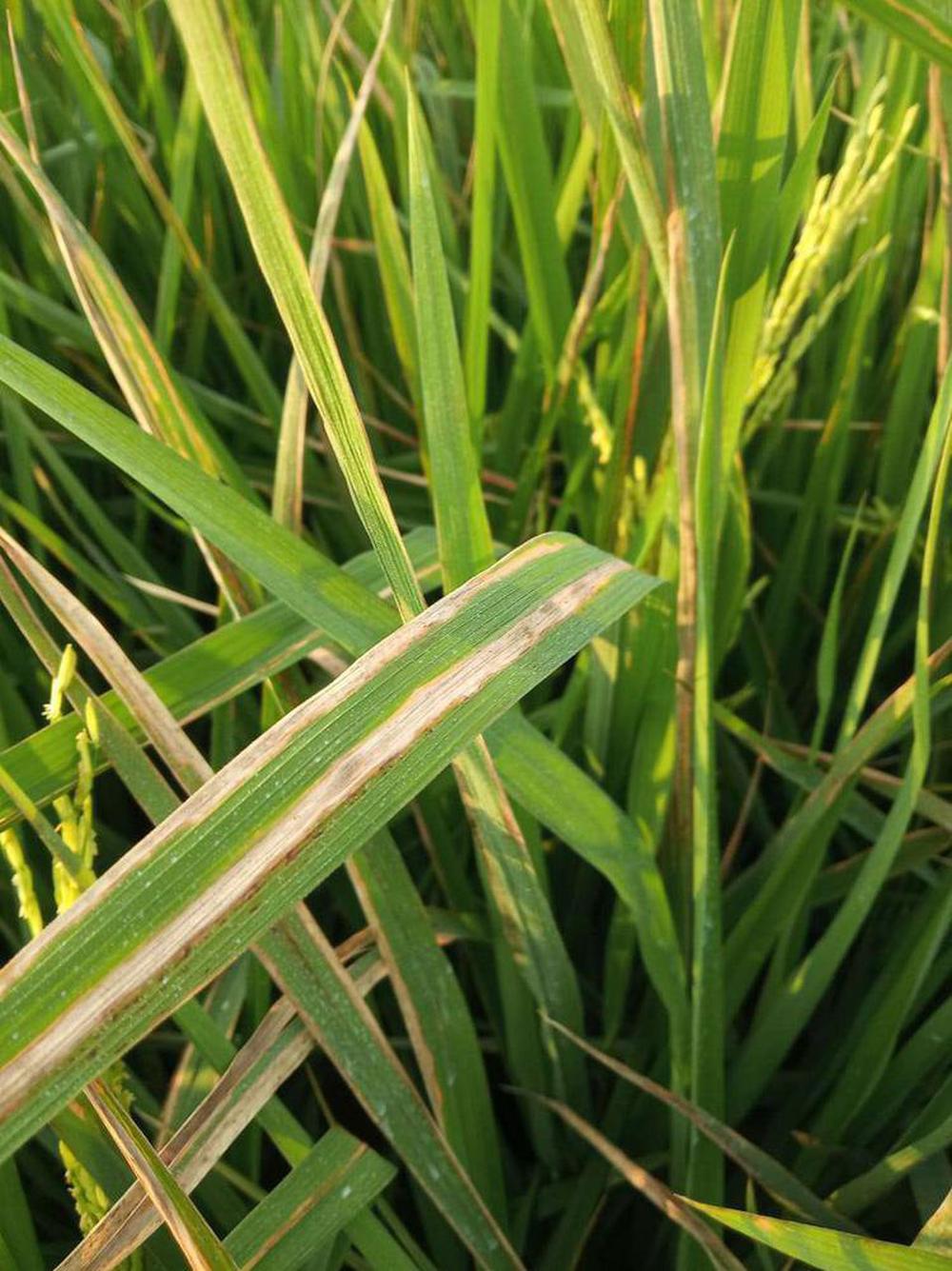Agriculture
Xoo Infection: Rice
- 05 Oct 2020
- 6 min read
Why in News
Recently, scientists from the Centre for Plant Molecular Biology (CPMB) have uncovered the mechanism by which a bacterium called Xoo interacts with rice plants and causes disease.
Key Points
- About:
- Xanthomonas oryzae pv. oryzae (Xoo) causes a serious bacterial leaf blight disease in rice. It is also known as Bacterial blight.
- Xoo is a gram-negative bacteria.
- Transmission:
- Xoo infection causes huge yield losses to rice cultivation throughout the world.
- Xoo infection initiates from the leaf sheath and eventually spreads to mature leaves through the water flow under optimum temperature and high humidity conditions (Vascular disease).
- Since rice paddies are flooded throughout most of the growing season, Xoo may easily spread among crops; bacteria travel through the water from infected plants to the roots and leaves of neighbouring rice plants.
- Wind may also help spread the Xoo bacteria to other crops and rice paddies.
- Impact on Other Crops:
- In addition to rice, Xoo may infect other plants, such as rice cut-grass (Leersia oryzoides), Chinese sprangletop (Leptochloa chinensis), and common grasses and weeds.
- Prevention:
- The most-common method of defending against rice bacterial blight is the cultivation of rice varieties with genes that confer resistance to Xoo infection.
- Over 30 resistance genes, termed Xa1 to Xa33, have been identified in rice plants, and some, such as Xa21, have been integrated into the genomes of commercial rice strains.
- However, this method involves breeding or gene manipulation techniques that are laborious and time-consuming.
- Also, the introduced resistance genes provide only race-specific resistance that will prevent infections by only specific strains of Xoo.
- The most-common method of defending against rice bacterial blight is the cultivation of rice varieties with genes that confer resistance to Xoo infection.
- New Approach:
- Scientists from Centre for Plant Molecular Biology (CPMB), Osmania University, Hyderabad are working to identify and develop few molecules which are derived either from the Xoo bacterium or from the infected rice cell walls.
- Treatment of rice with cellulase, a cell wall degrading enzyme secreted by Xoo induces rice immune responses and protects rice from subsequent infections by Xoo.
- The cellulase protein has the features of a typical vaccine as it is a potent elicitor of rice immune responses.
Rice
- Kharif Crop
- Temperature: Between 22-32°C with high humidity.
- Rainfall: Around 150-300 cm.
- Soil Type: Deep clayey and loamy soil.
- Some of the most important rice-growing regions are Assam, West Bengal, coastal regions of Odisha, Andhra Pradesh, Telangana, Tamil Nadu, Kerala and Maharashtra, particularly the (Konkan coast) along with Uttar Pradesh and Bihar.
- Development of a dense network of canal irrigation and tubewells have made it possible to grow rice in areas of less rainfall such as Punjab, Haryana and western Uttar Pradesh and parts of Rajasthan.
- In states like Assam, West Bengal and Odisha, three crops of paddy are grown in a year. These are Aus, Aman and Boro.
- National Food Security Mission, Hybrid Rice Seed Production and Rashtriya Krishi Vikas Yojana are few government initiatives to support rice cultivation.
- Diseases in rice are mainly caused by bacteria, viruses, or fungi. Few major diseases are:
- Sheath blight: Caused by fungus Rhizoctonia solani.
- Brown Spot: One of the most common and most damaging fungal diseases.
- Tungro: Caused by the combination of two viruses, which are transmitted by leafhoppers.
- Bakanae: Seedborne fungal disease.
- Blast (node and neck): Caused by the fungus Magnaporthe oryzae.
- Gram-negative Bacteria
- Bacteria can be classified into two groups on the basis of the differences in the cell envelopes and the manner in which they respond to the staining procedure developed by the Danish bacteriologist Gram viz., those that take up the gram stain are Gram positive and the others that do not are called Gram negative bacteria.
- Gram-negative bacteria cause infections including pneumonia, bloodstream infections, wound or surgical site infections, and meningitis in healthcare settings.
- Gram-negative bacteria are resistant to multiple drugs and are increasingly resistant to most available antibiotics. These bacteria have built-in abilities to find new ways to be resistant and can pass along genetic materials that allow other bacteria to become drug-resistant as well.
- Gram-negative infections include those caused by Klebsiella, Acinetobacter, Pseudomonas aeruginosa, and E. coli., as well as many other less common bacteria.
- Centre for Plant Molecular Biology
- CPMB is one of the 7 Centers of Excellence created in the country with initial financial assistance from the Department of Biotechnology, Government of India.
- Currently it is one of the leading Centers of the country in Plant Molecular Biology (study of molecular basis of plant life).




